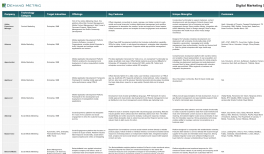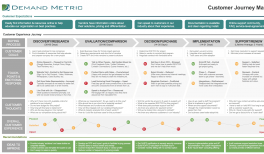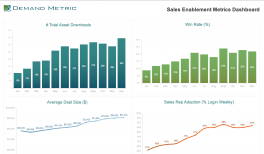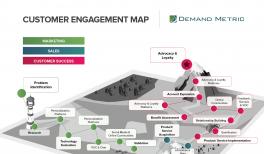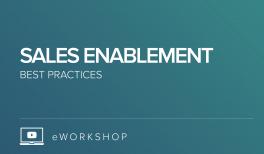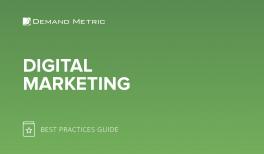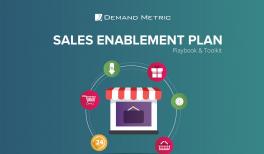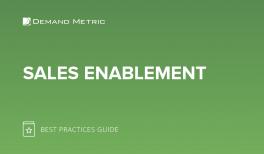From May 2015 to June 2015, ion interactive sponsored a Demand Metric study to explore how well digital body language is living up to its potential.
Digital Body Language Benchmark Report
Resource Overview
Related Resources
Introduction
The modern marketing organization collects a lot of data from various encounters – touchpoints – that prospects and customers have with that organization. With the right implementation of technology, marketers are aggregating data about website visits, email opens, click-throughs, downloads, webinar registrations and any other existing form of digital interaction.
Collectively, this rich set of data represents the “digital body language” of a prospect, providing marketing with the raw data to first detect and then predict a prospect’s level of interest in a solution and even when that prospect might buy. There is a tremendous amount of potential energy stored in this digital body language (DBL) data that marketing collects, and converting it to kinetic energy is a matter of passing it downstream, to the sales team, with high fidelity.
It seems intuitive that marketing and sales would have an efficient, effective process to ensure that the sales team can fully exploit the DBL data that is available. In theory, collecting DBL data is an excellent practice for many reasons. This data helps marketing refine it’s part of the sales funnel for which it is responsible. This data, at least in theory, also gives the sales team a complete view of a prospects needs and readiness to buy, all before sales engages in dialogue with qualified prospects.
Demand Metric and ion interactive teamed up to determine how well digital body language is living up to its potential. What this study discovered, and this report details, is that while digital body language is conceptually appealing, the sharing and exploitation of this data is relatively poor. A strategy that relies on digital body language whose execution does not produce a meaningful digital dialogue will disappoint.
Table of Contents
- Introduction
- Executive Summary
- The Digital Buyer's Journey
- The Last Mile
- The State of DBL
- The Opportunity: A Digital Dialogue
- Tools & Content
- Analyst Bottom Line
- Acknowledgements
- About ion interactive
- About Demand Metric
- Appendix: Survey Background
Research Methodology
This Digital Body Language Benchmark Study survey was administered online during the period of May 22, 2015 through June 9, 2015. During this period, 358 responses were collected, 300 of which were complete enough for inclusion in the analysis. The data was analyzed to identify insightful relationships between variables in the study and to ensure the statistical validity of the findings. The representativeness of these results depends on the similarity of the sample to environments in which this survey data is used for comparison or guidance.

